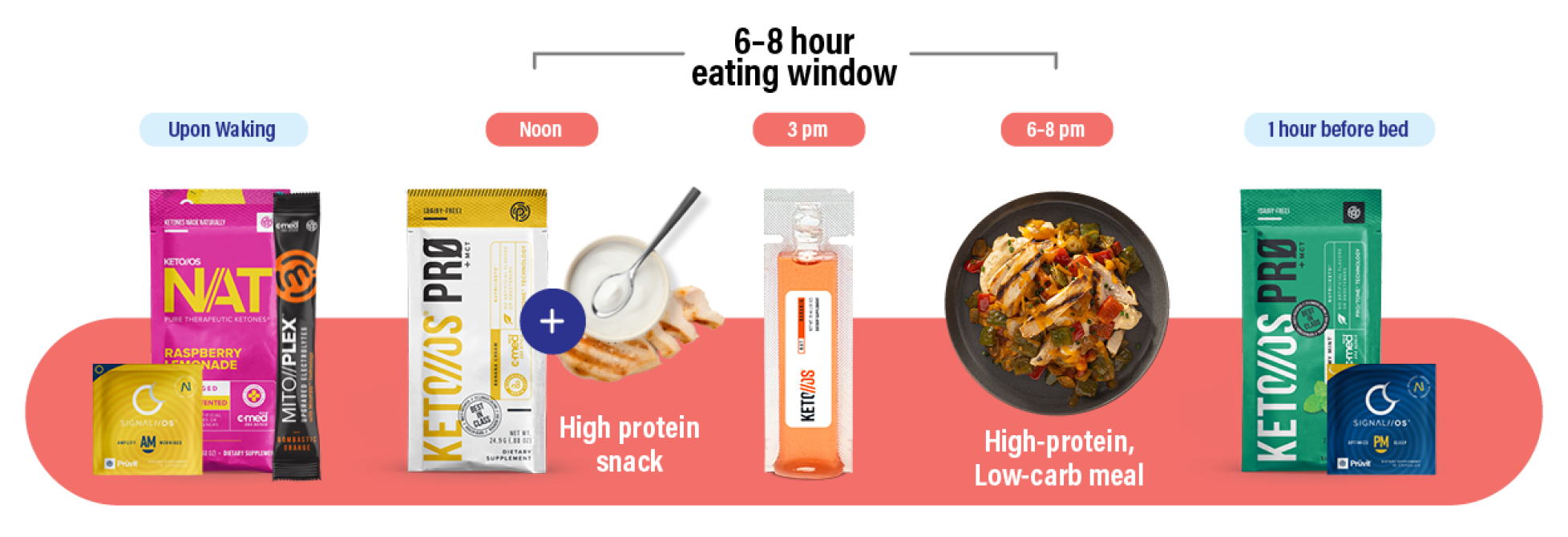Keto vs. Low Carb: What’s the Difference and Which One is Right for You?
When it comes to weight loss and improving overall health, diets that reduce carbohydrate intake have gained significant attention. Among the most popular are the ketogenic (keto) diet and low-carb diets. While they share similarities, they also have key differences that can affect their suitability depending on your goals, lifestyle, and health conditions. In this comprehensive guide, we’ll dive deep into keto vs. low carb, exploring their differences, benefits, drawbacks, and tips to help you decide which approach is best for you.
What is the Keto Diet?
The ketogenic diet is a high-fat, moderate-protein, and very low-carbohydrate diet designed to push your body into a metabolic state called ketosis. In ketosis, your body primarily burns fat for energy instead of glucose, which is derived from carbohydrates.
Macronutrient Breakdown:
Fat: 70-80% of daily calories
Protein: 10-20% of daily calories
Carbohydrates: 5-10% of daily calories (typically 20-50 grams per day)
By severely limiting carbs, the keto diet forces your body to deplete its glycogen stores and switch to burning fat for fuel. Ketones, produced by the liver from stored fat, become the main energy source for your body and brain.
Key Benefits of the Keto Diet:
Rapid Weight Loss: Many people experience significant fat loss due to ketosis.
Improved Mental Clarity: Ketones provide a steady source of energy for the brain, reducing brain fog.
Blood Sugar Control: Helpful for managing type 2 diabetes and insulin resistance.
Reduced Appetite: The high-fat content promotes satiety and reduces hunger cravings.
Potential Drawbacks:
Keto Flu: Initial side effects may include fatigue, headaches, and nausea.
Restrictive: Severely limiting carbs can make the diet challenging to maintain.
Nutrient Deficiencies: Cutting out many fruits, grains, and legumes may lead to deficiencies in vitamins and minerals if not carefully planned.
What is a Low-Carb Diet?
A low-carb diet, as the name suggests, involves reducing carbohydrate intake but is generally less restrictive than keto. The definition of “low-carb” can vary widely, ranging from moderate carb reduction to significantly lower levels, but it typically allows for a higher carb intake than the keto diet.
Macronutrient Breakdown:
Fat: 40-60% of daily calories
Protein: 25-30% of daily calories
Carbohydrates: 10-30% of daily calories (typically 50-150 grams per day)
Unlike keto, a low-carb diet doesn’t aim to induce ketosis. Instead, the focus is on reducing carb consumption to stabilize blood sugar, promote fat loss, and improve overall health.
Key Benefits of a Low-Carb Diet:
Flexible: Easier to follow and maintain compared to keto.
Sustainable Weight Loss: Gradual and consistent fat loss over time.
Blood Sugar Management: Helps control blood sugar levels, especially for those with prediabetes or type 2 diabetes.
Nutritional Variety: Allows for a broader range of foods, including fruits and starchy vegetables.
Potential Drawbacks:
Slower Results: Weight loss may be less rapid compared to keto.
Less Structured: The lack of specific guidelines can lead to overconsumption of unhealthy fats and proteins.
Keto vs. Low Carb: Key Differences
While both diets reduce carbohydrate intake, they differ significantly in structure, macronutrient composition, and goals. Here are the key differences:
Choosing the Right Diet for You
Your choice between keto and low carb depends on several factors, including your goals, health status, and personal preferences. Let’s explore these considerations:
1. Weight Loss Goals
Keto: Ideal for those looking for rapid fat loss, especially if you have a significant amount of weight to lose.
Low-Carb: Suitable for steady and sustainable weight loss over a longer period.
2. Energy Levels and Lifestyle
Keto: Better for individuals who can adapt to using fat as their primary energy source and prefer structured guidelines.
Low-Carb: More suitable for active lifestyles and those who require moderate carbohydrate intake for energy.
3. Health Conditions
Keto: May benefit those with type 2 diabetes, epilepsy, or metabolic syndrome.
Low-Carb: Effective for managing blood sugar and reducing the risk of cardiovascular disease without the extreme restrictions of keto.
4. Food Preferences
Keto: Works well for those who enjoy high-fat foods like avocados, nuts, and fatty cuts of meat.
Low-Carb: Offers more flexibility to include fruits, starchy vegetables, and grains in moderation.
5. Sustainability
Keto: Can be difficult to sustain long-term due to its restrictive nature.
Low-Carb: Easier to follow over the long term, making it more sustainable for most people.
Tips for Success on Keto or Low-Carb Diets
No matter which diet you choose, the following tips can help you succeed:
Plan Your Meals: Prepare meals ahead of time to ensure you meet your macronutrient goals and avoid temptations.
Stay Hydrated: Drink plenty of water to stay hydrated and minimize side effects like headaches.
Focus on Whole Foods: Choose nutrient-dense foods like leafy greens, lean proteins, healthy fats, and low-carb vegetables.
Monitor Progress: Track your food intake and weight loss to stay on track and make adjustments as needed.
Seek Support: Join online communities or find a diet buddy to share tips, recipes, and motivation.
Conclusion
The keto and low-carb diets both offer benefits, but the right choice depends on your unique needs and lifestyle. If you’re looking for rapid weight loss and can commit to strict guidelines, the keto diet may be the way to go. On the other hand, if you prefer a more flexible approach that’s easier to maintain, a low-carb diet might be a better fit.
Ultimately, the best diet is one that aligns with your goals, is sustainable, and supports your overall health. Before starting any new diet, it’s always a good idea to consult with a healthcare professional or registered dietitian to ensure it’s safe and effective for you.
By understanding the differences between keto and low-carb diets, you can make an informed decision and set yourself up for success on your health journey. Explore products designed to support your goals, whether you're embracing keto or low-carb living. Shop now and take the first step towards a healthier, more vibrant you!





